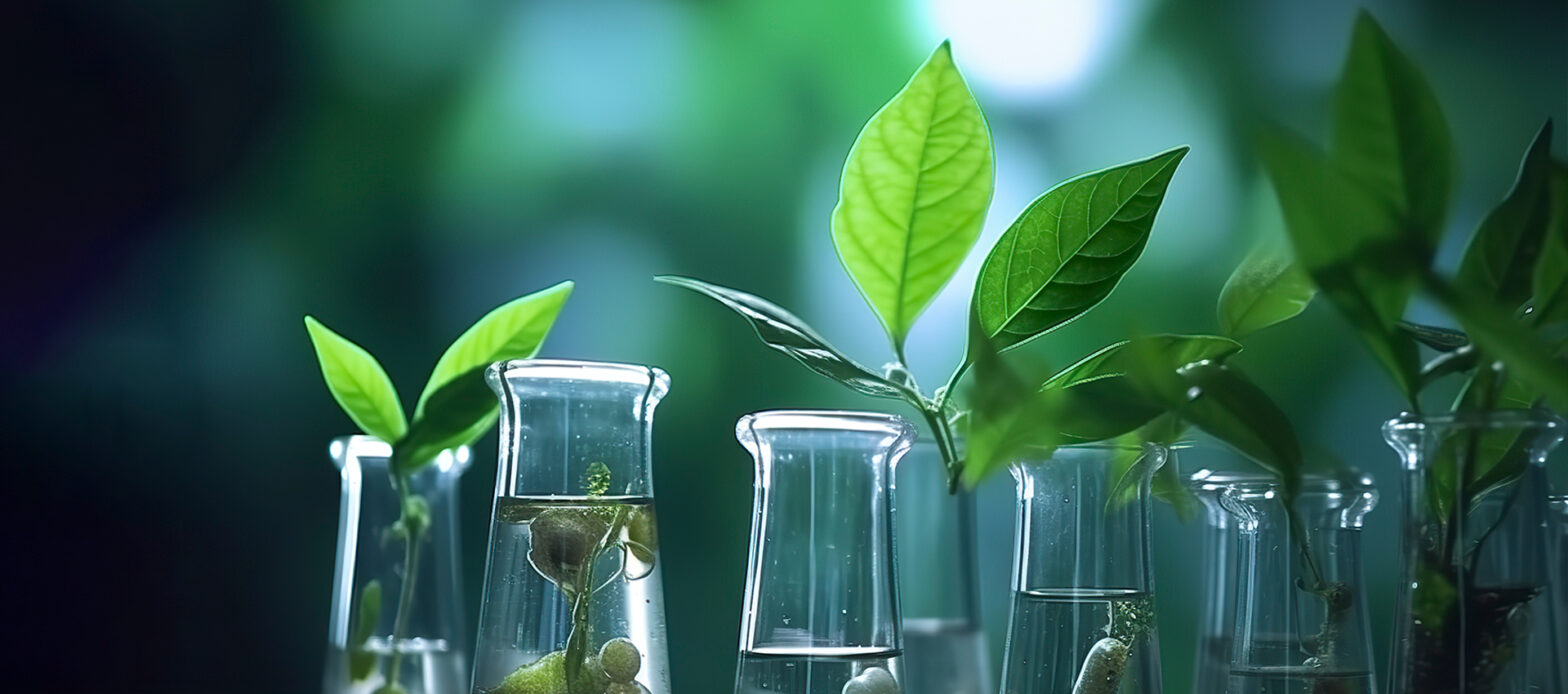In the face of a climate crisis, the scientific community is increasingly embracing the mantle of sustainability, particularly within laboratory settings. Green laboratories are at the forefront of this movement, redefining the ethos of research environments through practices that significantly lessen environmental footprints. This transformative approach not only champions the conservation of natural resources but also heralds a new era of energy efficiency, waste management, and cost-effective operations.
What is a Green Laboratory?
A green laboratory integrates sustainability at its core, prioritizing energy conservation, water stewardship, waste reduction, and the minimization of chemical hazards. These labs are not just about adopting eco-friendly practices; they embody a commitment to a sustainable future, without compromising the integrity of scientific research.
The Pillars of Green Laboratory Practices
Energy Conservation
Innovative energy solutions, such as efficient HVAC systems, LED lighting, and energy-smart lab equipment, drastically reduce power consumption. Embracing renewable energy sources further aligns lab operations with sustainability goals.
Water Stewardship
Implementing water-efficient technologies and re-evaluating procedures to minimize water use are critical steps towards sustainable lab practices. These efforts help in preserving one of our most precious resources.
Waste Management Excellence
Strategic waste reduction, coupled with rigorous recycling programs, addresses the significant waste output characteristic of laboratory operations. Emphasizing chemical waste minimization and safe disposal practices are key to protecting the environment.
Rational Test Ordering
A focus on rational test ordering streamlines laboratory processes, enhancing efficiency and reducing unnecessary waste. This approach not only curtails the environmental impact but also fosters cost-effectiveness, illustrating a symbiotic relationship between economic and ecological sustainability.
The Impact and Benefits
Adopting green laboratory practices offers a myriad of benefits, including a smaller environmental footprint, increased operational efficiency, and significant cost savings. Moreover, it propels the scientific community towards innovation, inspiring the development of new, sustainable research methodologies.
The Way Forward
The journey towards green laboratories requires a collaborative effort among all stakeholders, including management teams, clinicians, and laboratory professionals. Education and continuous training are pivotal, ensuring that the principles of sustainability are deeply ingrained in the laboratory culture. As we look to the future, establishing quality indicators for sustainability will be crucial in measuring progress and fostering accountability.
Conclusion
The shift towards green laboratories is not just a response to the environmental crisis; it's a proactive stance on shaping a sustainable future. By integrating sustainable practices into laboratory operations, we're not only enhancing the efficiency and cost-effectiveness of research but also contributing to a healthier planet. The green laboratory movement is a testament to the power of science and technology as forces for good, leading by example in the global pursuit of sustainability. In our push for greener labs, OxyMed stands out. We are not just experts; we really get what it means to make labs sustainable. We got a knack for mixing the latest tech with smart design, making sure labs do their bit for the planet without missing a beat on the science front. It's all about making sure progress and care for the environment go hand in hand.
